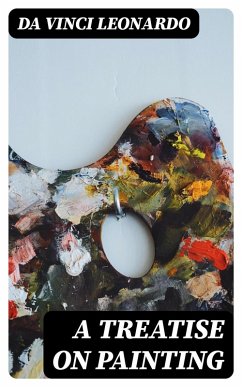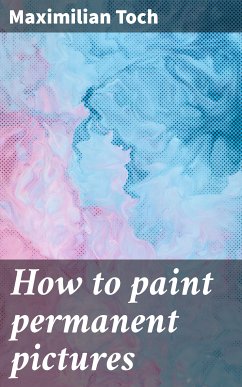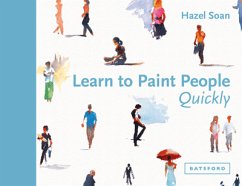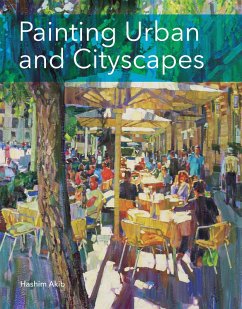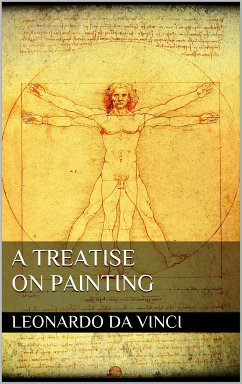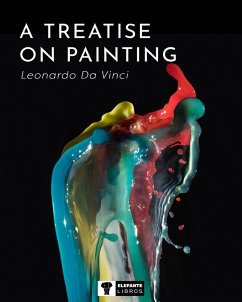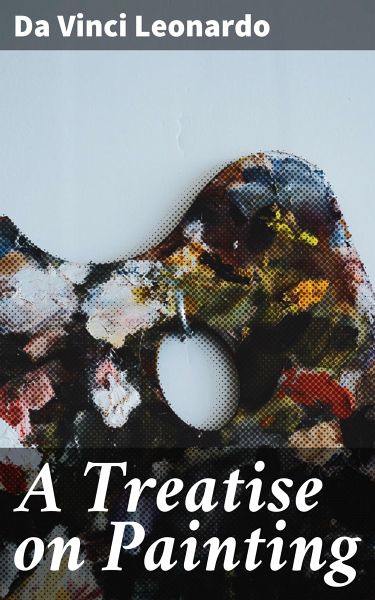
A Treatise on Painting (eBook, ePUB)
Enriched edition. Exploring the Techniques and Theories of Renaissance Art and Aesthetics
Kommentar: Bainbridge, Trevor / Redaktion: Good Press / Übersetzer: Rigaud, J. F.
Versandkostenfrei!
Sofort per Download lieferbar
1,99 €
inkl. MwSt.
Weitere Ausgaben:

PAYBACK Punkte
0 °P sammeln!
In "A Treatise on Painting," Leonardo da Vinci merges art and science, presenting a profound exploration of artistic techniques, perspective, and the essence of representing the natural world. Written in the late 15th century, this seminal work reflects the Renaissance's intellectual fervor, emphasizing observation, geometry, and realism. Da Vinci's meticulous attention to detail and innovative theories on light, shadow, and composition reveal his belief that art must emulate the complexities of nature, and his eloquent prose serves as a guide for aspiring artists seeking to understand the int...
In "A Treatise on Painting," Leonardo da Vinci merges art and science, presenting a profound exploration of artistic techniques, perspective, and the essence of representing the natural world. Written in the late 15th century, this seminal work reflects the Renaissance's intellectual fervor, emphasizing observation, geometry, and realism. Da Vinci's meticulous attention to detail and innovative theories on light, shadow, and composition reveal his belief that art must emulate the complexities of nature, and his eloquent prose serves as a guide for aspiring artists seeking to understand the intricate relationship between their craft and the physical world. Leonardo da Vinci, an emblematic figure of the Renaissance, was not just a painter but also a polymath whose interests extended to anatomy, engineering, and botany. His diverse background and insatiable curiosity profoundly informed his artistic philosophy and methods. "A Treatise on Painting" emerges from his extensive studies, conversations with contemporaries, and practical experiences, showcasing his relentless pursuit of knowledge and mastery over the arts and sciences. A foundational text for both artists and scholars, this treatise is recommended for anyone seeking insight into the principles that underpin artistic creation. Da Vinci's wisdom not only enriches the reader's understanding of painting but also inspires a deeper appreciation for the beauty and complexity of the world. In this enriched edition, we have carefully created added value for your reading experience: - A succinct Introduction situates the work's timeless appeal and themes. - The Synopsis outlines the central plot, highlighting key developments without spoiling critical twists. - A detailed Historical Context immerses you in the era's events and influences that shaped the writing. - An Author Biography reveals milestones in the author's life, illuminating the personal insights behind the text. - A thorough Analysis dissects symbols, motifs, and character arcs to unearth underlying meanings. - Reflection questions prompt you to engage personally with the work's messages, connecting them to modern life. - Hand-picked Memorable Quotes shine a spotlight on moments of literary brilliance. - Interactive footnotes clarify unusual references, historical allusions, and archaic phrases for an effortless, more informed read.
Dieser Download kann aus rechtlichen Gründen nur mit Rechnungsadresse in A, B, BG, CY, CZ, D, DK, EW, E, FIN, F, GR, H, IRL, I, LT, L, LR, M, NL, PL, P, R, S, SLO, SK ausgeliefert werden.




